How deep is your love? Is it as deep as the infrared vision of the James Webb Space Telescope (JWST)?
One year ago today, JWST made a cosmic debut unveiling the deepest and sharpest infrared image of the distant universe. This powerful telescope was very historic that US President Joe Biden himself revealed the first set of Webb's images to the public, marking a new era in astronomy.
And Webb has not looked back ever since. Instead, it kept looking deeper and deeper into the vast distant universe.
JWST, Hubble's successor, was named after James Edwin Webb. was an American government official and a leader in the space race during the Cold War era. He served as the Administrator of NASA from 1961 to 1968, overseeing major milestones such as the Apollo program that successfully landed humans on the Moon.
Now, Webb's legacy continues to live with JWST. To celebrate its birthday with some of the most enchanting and awe-inspiring images captured by Webb's infrared eyes yet.
A Chaotic, Disturbing Dance
Witnessing a galactic connection is not a rare sight for NASA's space telescopes. But it has surely never seen a connection as chaotic, strange, and disturbing as this!
Webb captured a merging galaxy pair set in a dark backdrop of glowing galaxies and stars. The image was released on Nov. 30, 2022.

340-year Old Supernova Remnant
This supernova remnant called Cassiopeia A was created by a stellar explosion 340 years ago from Earth's perspective, making it a unique opportunity for scientists to learn more about how such supernovae occur.
The image was released on April 7.
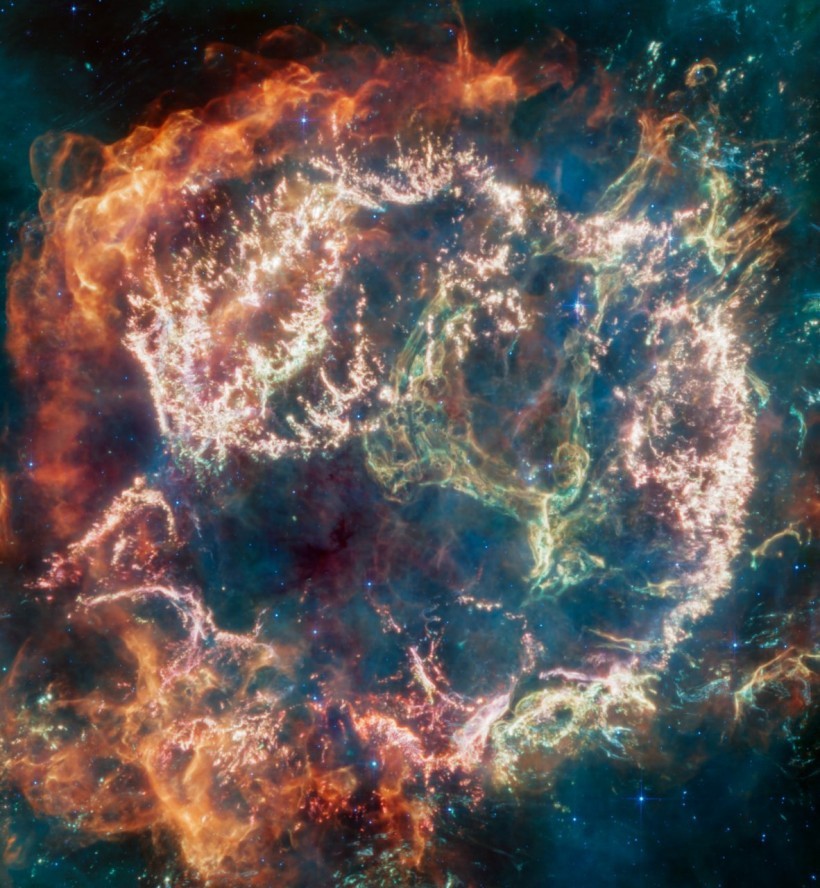
You Glow Uranus!
Uranus gives a different kind of glow all thanks to Webb's powerful infrared vision. The image provides a clear view of the planet's rings in its full glory. The photo was released on April 6.

Beautiful Cosmic Death of a Rare Star
Webb captured a rare image of a Wolf-Rayet star, which is one of the most massive, luminous, and briefly detectable stars known in the universe. This observation was made in June 2022, and the star, WR 124, is located 15,000 light-years away in the constellation Sagitta.
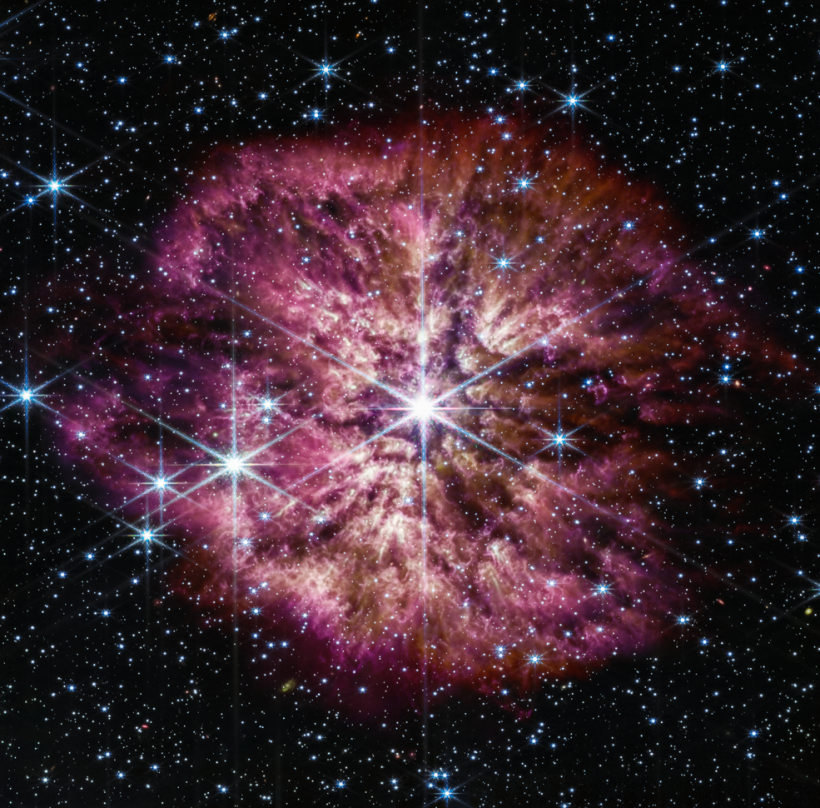
A Lonely Dwarf
This isolated galaxy is called Wolf - Lundmark - Melotte (WLM), and it hails 3 million light-years away from the Milky Way. It is also considered one of the most distant members of our local galaxy group, according to NASA.
This image was published on Nov. 9, 2022.
Picture Book of Star Creation
The Orion Nebula, known as the "picture book of star creation," is located in the constellation Orion, 1,350 light-years from Earth. Webb's image offers the sharpest and most detailed yet into this star-forming region.
The image was released on Sep. 12, 2022.

Heart of the Phantom Galaxy
Webb's keen vision has made the grandiose spiral arms of M74, which snake outward from the image's center, appear to be made of delicate threads of gas and dust. The nuclear region's lack of gas also allows for an unobstructed view of the nuclear star cluster at the galaxy's nucleus.
The image was published on August 8, 2022.
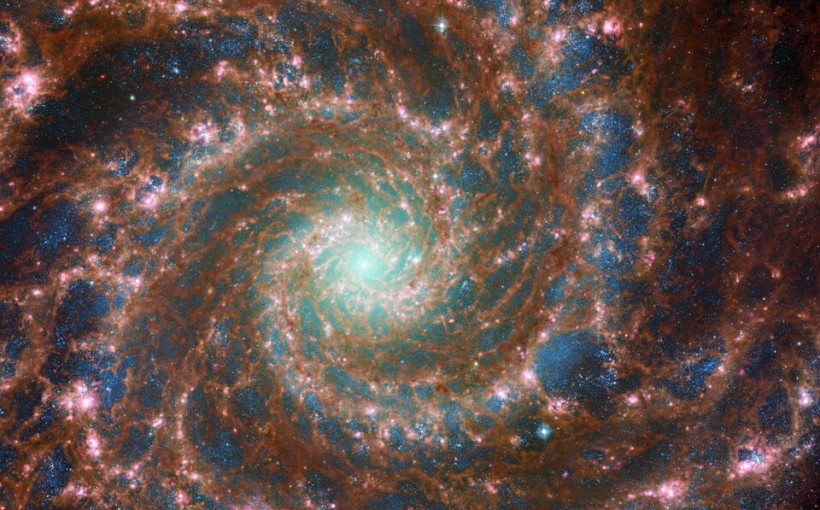
A Fiery Star is Born
A star is born in fiery fashion and Webb bears witness to such a wondrous event.
The protostar within the shadowy cloud L1527 has had previously unseen features exposed by Webb. The "neck" of this hourglass-shaped object conceals the protostar itself. The center of the neck is darkened by an edge-on protoplanetary disc.
The image was released on Nov. 16, 2022.
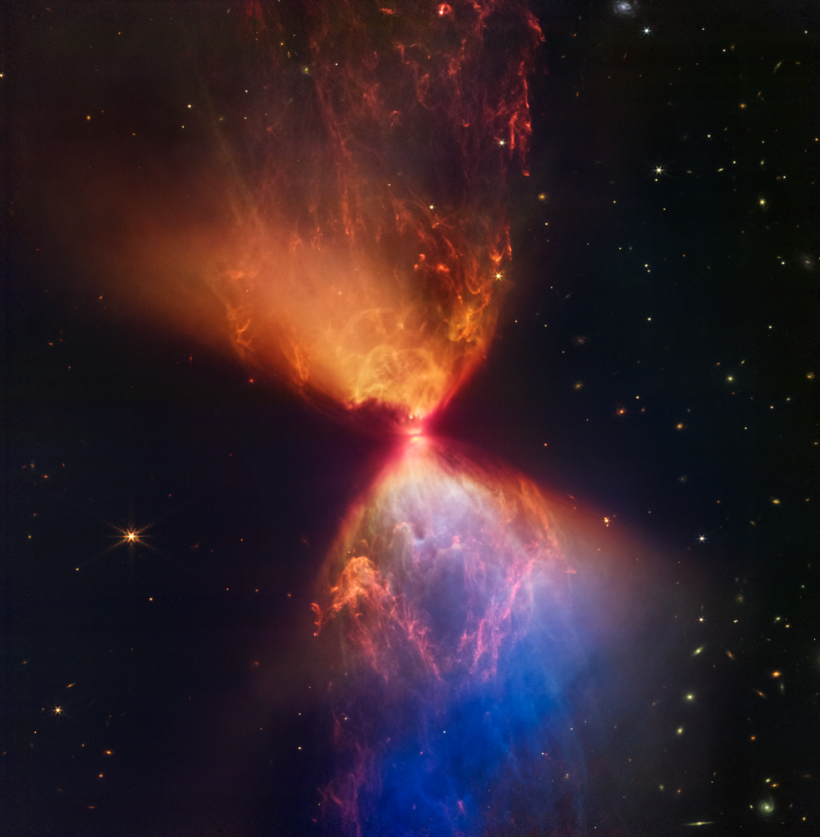
Read Also: NASA's Chandra, Webb Create Cosmic Magic With New Stunning Images
Tangled in Cosmic Sorts
Somewhere deep in space, a galaxy is tangled in all sorts of stellar gymnastics - bursting with so much chaos, enchantingly swirling, and cartwheeling its way to a collision with two smaller galaxies.
This pink-speckled galaxy shows just that! It is on the verge of a high-speed collision with two galaxies while the dark backdrop of the cosmos bears witness to such an enchanting event.
This image was published on Aug. 2, 2022.
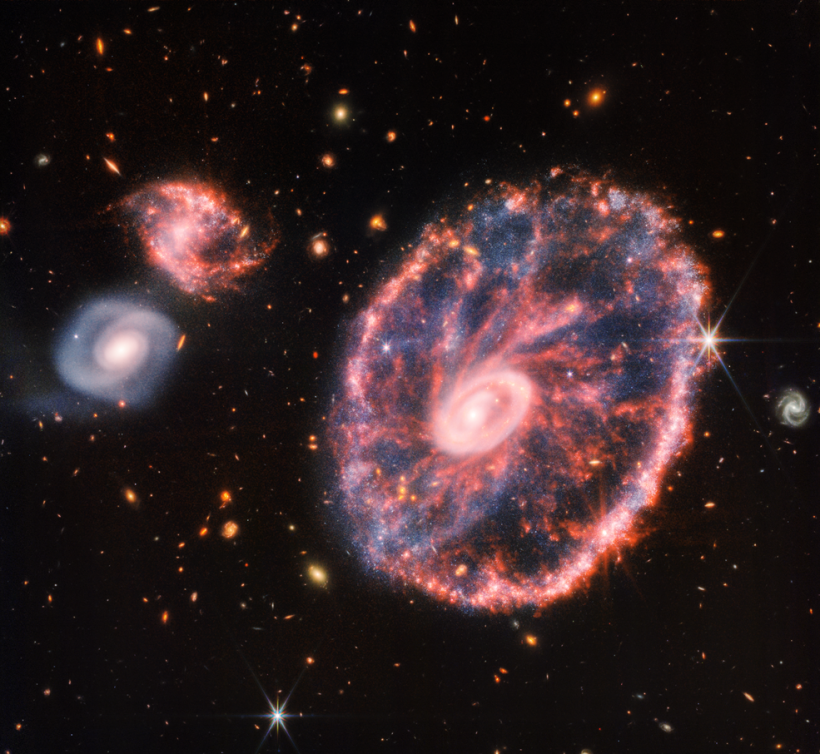
Related Article : NASA Releases Never-Before-Seen Photo of Star Birth on 1st Anniversary of James Webb Telescope

ⓒ 2026 TECHTIMES.com All rights reserved. Do not reproduce without permission.




